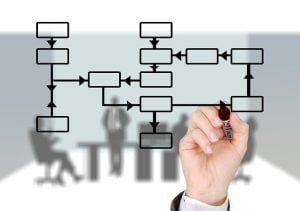5 tips for creating a killer business dashboard
 Okay, so you’ve been asked to create a business dashboard. Where do you start? How can you create a dashboard that is equal parts powerful and amazing?
Okay, so you’ve been asked to create a business dashboard. Where do you start? How can you create a dashboard that is equal parts powerful and amazing?
Before you do anything, you must define a clear objective. You must understand who plans on using the dashboard, why they want a dashboard, and what they hope to get from this dashboard. You’ll want to pull very specific objectives out of the future users. Don’t settle for generic answers like, “We want to see sales data.” Get specific. You can’t develop a clear objective without very specific goals.
Okay, so you have the specifics, you know the objective, and you’ve mapped out a plan for this dashboard. How can you make it great? Here are 5 tips for you: …
 COVID-19, digital transformation, and rising global competition are just a few of the reasons why planning for the next financial year is essential to your company’s success. Business process management (BPM) is an excellent framework for understanding how your company operates today and, more importantly, how you may improve it in the future. BPA’s rapid growth will significantly speed up as we approach 2022.
COVID-19, digital transformation, and rising global competition are just a few of the reasons why planning for the next financial year is essential to your company’s success. Business process management (BPM) is an excellent framework for understanding how your company operates today and, more importantly, how you may improve it in the future. BPA’s rapid growth will significantly speed up as we approach 2022.